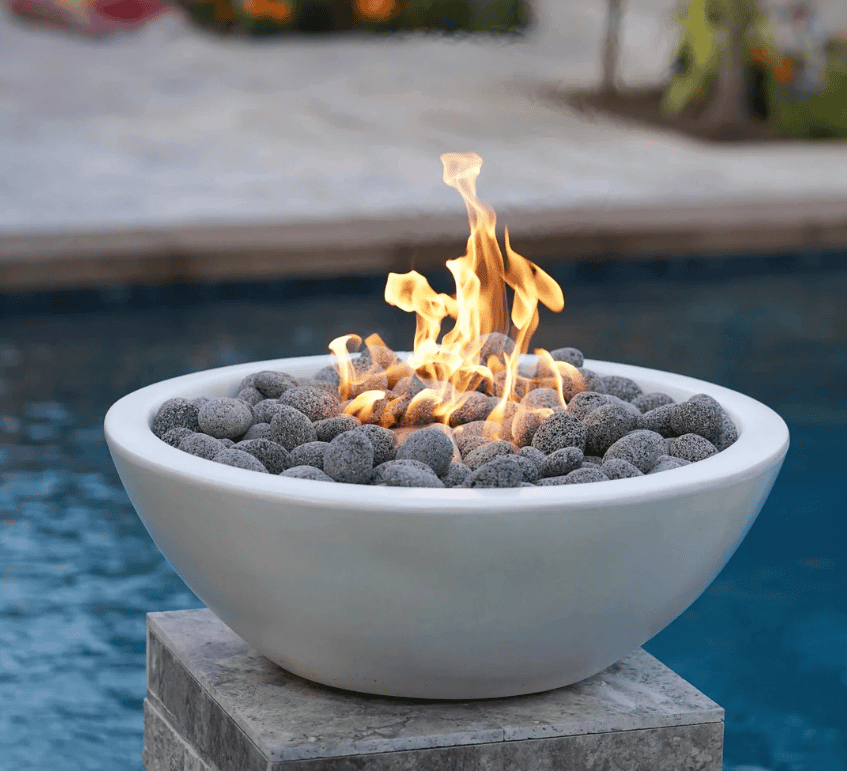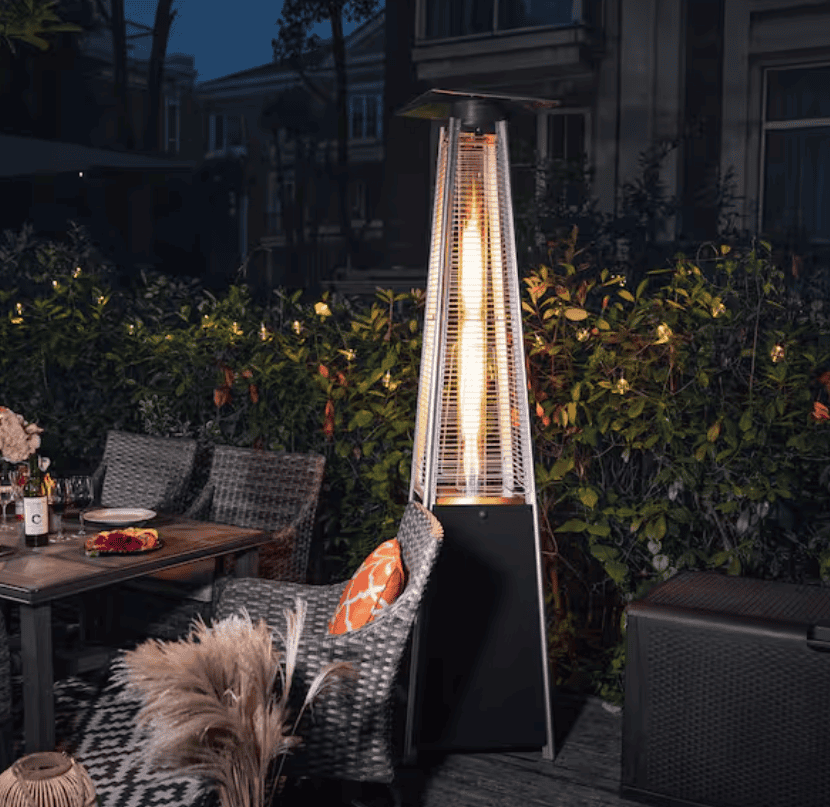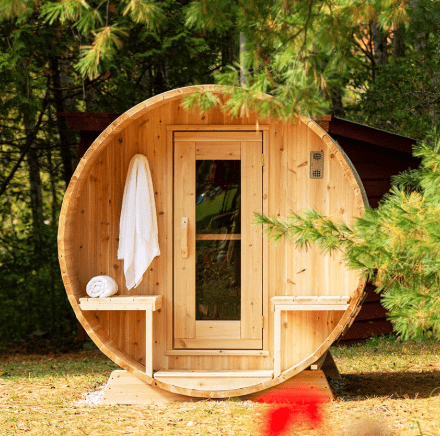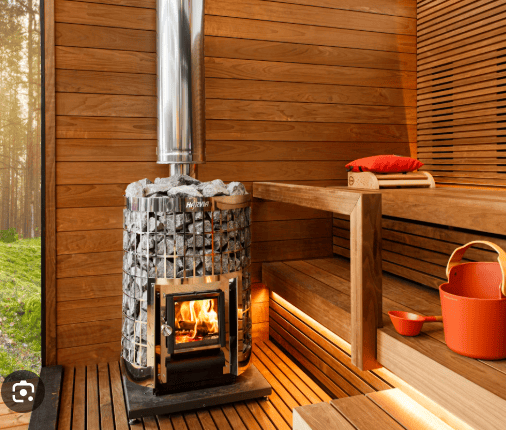Patio Heater
How Many Patio Heaters Do I Need for My Outdoor Space?
Discover how to determine the right number of patio heaters for your space. Enhance your outdoor enjoyment with proper heating.
Determining the appropriate number of patio heaters for your outdoor space is essential for ensuring comfortable outdoor living, especially during cooler months. Whether you’re considering electric patio heaters, gas patio heaters, or even a natural gas patio heater, several factors influence how many patio heaters do I need to heat your patio effectively. This guide will help you assess your needs and choose the right patio heater for your outdoor area, ensuring optimal warmth and enjoyment of your space.
Understanding Patio Heaters
Patio heaters are designed to extend the usability of outdoor spaces by providing warmth. There are several types available, each with its own advantages. Understanding how a patio heater works is crucial. These heaters provide infrared heat, warming objects and people directly rather than heating the air. The effectiveness of heaters depends on the size of your space, the type of patio heater, and the ambient temperature. Considering these factors will guide your decision-making process when selecting the heaters you need.
Types of Patio Heaters
There are various types of patio heaters available to heat the space. The main categories include electric patio heater options, gas patio heaters (using propane or natural gas), and even less common options like wood or pellet heaters. Electric heaters are often preferred for smaller spaces and enclosed patios, while gas heaters are popular for larger outdoor areas due to their portability and higher heat output. Freestanding patio heaters offer flexibility in placement, while mounted heaters can save space and provide a more permanent heating solution.
Electric vs. Gas Patio Heaters
When choosing between electric heaters and gas patio heaters, consider the following:
| Heater Type | Key Features |
|---|---|
| Electric Patio Heaters | Generally more energy-efficient and produce no emissions. |
| Gas Patio Heaters | Offer higher heat output. |
The choice depends on factors such as the size of the area and available fuel source.
Natural Gas vs. Propane Patio Heaters
When choosing a gas patio heater, a key consideration is whether to opt for natural gas or propane. Here’s a breakdown of some key differences:
| Heater Type | Key Features |
|---|---|
| Natural Gas | Requires a direct gas line; no propane tank needed. |
| Propane | Offers greater portability; relies on a propane tank that needs refills or exchanges. |
Ultimately, the best choice depends on your willingness to manage propane and the availability of a natural gas line.
Determining the Right Number of Patio Heaters
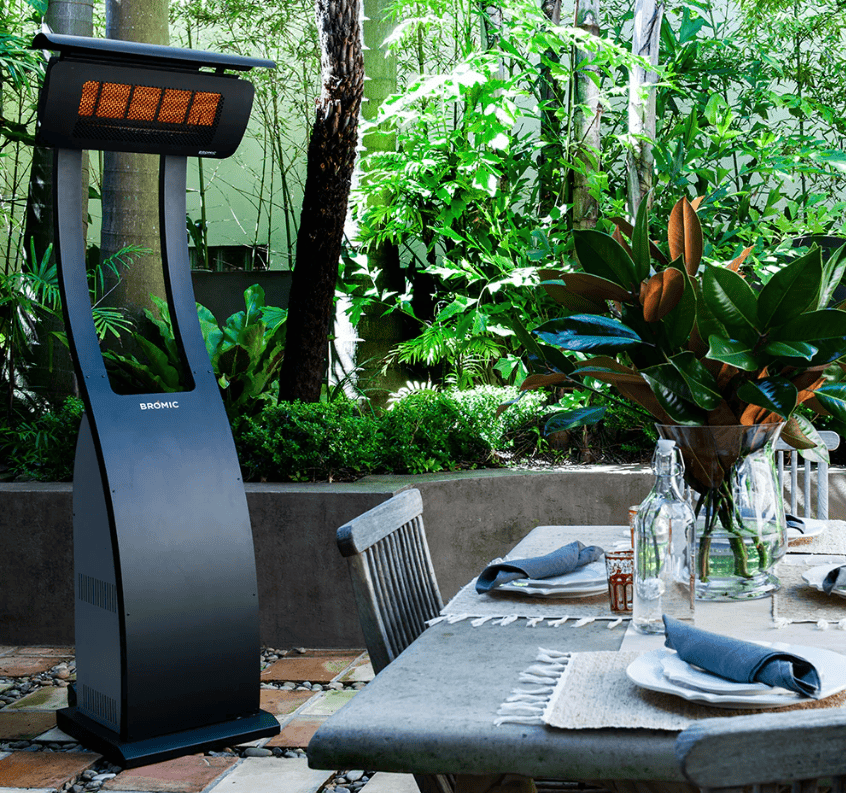
Calculating Square Feet of Your Outdoor Patio
To determine how many patio heaters do I need, you must first calculate the square footage of your outdoor patio. Measure the length and width of your outdoor space and multiply these numbers together. This calculation provides the total area that needs to be heated. For irregularly shaped outdoor patio areas, break the space into smaller, more manageable rectangles or squares, calculate the area of each, and then add them together. Knowing the precise square footage ensures that you select the right patio heater, or multiple heaters, with the appropriate heating capacity.
How Many BTUs Do You Need?
The next step in determining how many patio heaters do I need is calculating the British Thermal Units (BTUs) required to heat the outdoor space effectively. A general guideline suggests that you’ll need approximately 20 BTUs per square foot, but this can vary depending on the climate and level of insulation. Multiply the square footage of your patio by 20 to get an estimate of the total BTUs needed. If you live in a colder region, consider increasing this number to ensure adequate warmth. Understanding the BTU requirements helps narrow down the type of patio heater, and is key to making sure the heaters you need can effectively heat your patio.
Factors Influencing Heater Requirements
Several factors influence the number of patio heaters do I need, and the best patio heater to use. These factors include the local climate, the average temperature during the months you plan to use the outdoor space, and the amount of protection the patio offers from wind. If the patio is exposed to strong winds, you might need patio heaters with higher BTU ratings, or you may need multiple heaters to compensate for the heat loss. Consider the height of your patio as well, as taller patios require more BTUs to effectively heat the space. Also, the size of the area will directly impact the need for multiple heaters. Therefore, accurately assessing these conditions will refine your patio heater selection process and determine if you require multiple heaters or if a single, more powerful, patio heater would be adequate. When purchasing a new patio heater, also consider how the heaters provide heat, and if the infrared output is satisfactory for your needs.
Choosing the Best Patio Heater for Your Space
Selecting the right patio heater is pivotal for maximizing your outdoor living enjoyment. With options ranging from electric patio heaters to gas patio heaters, understanding your specific needs is crucial. Consider the size of your space, the typical weather conditions, and your budget when making your decision. An electric heater may suffice for a small, covered porch, while a larger outdoor area might benefit more from a powerful natural gas patio heater or propane patio heater. The best patio heater will effectively heat your patio, allowing you to comfortably enjoy your outdoor space year-round.
Best Outdoor Patio Heaters for Different Needs
The market offers various patio heaters, each designed to meet different needs. For small patios or balconies, a compact electric patio heater is often sufficient. If you are seeking higher heat output for a larger outdoor area, gas patio heaters, particularly those using a propane tank, are more appropriate. Freestanding patio heater models provide flexibility in placement, while wall-mounted or ceiling-mounted heaters save space. Evaluate the size of your space and heating requirements to determine the most suitable type of patio heater for your outdoor patio.
Considerations for Electric Patio Heaters
Electric heaters offer several advantages, particularly for smaller outdoor spaces. These electric heaters are easy to install, require minimal maintenance, and produce no emissions. An electric patio heater is a great option as there is no need to manage a propane tank. Consider the wattage and coverage area when selecting an electric patio heater. Ensure the electrical circuit can handle the heater’s power draw to prevent overloads. Although the electric heater won’t match the BTU output of gas heaters, electric heaters are a safe and efficient choice for many patios, and are a great option when you don’t need a propane tank.
Choosing Between Propane and Natural Gas Heaters
Deciding between propane and natural gas patio heaters largely depends on your access to a natural gas line and your preference for convenience. Assess your outdoor space layout and heating needs to determine which fuel source best suits your circumstances when picking the heaters you need.
| Fuel Type | Key Features |
|---|---|
| Natural Gas | Offers a consistent fuel supply without the need for refills, making it ideal for permanent outdoor installations. |
| Propane | Provides greater portability, allowing you to move the heater as needed. Propane tank refills are required. |
Patio Heater FAQs
Navigating the world of patio heaters can be daunting, especially with the variety of options available. Addressing frequently asked questions can help you make an informed decision. Understanding how a patio heater works, its energy efficiency, and its heating capacity is crucial. Many patio heater FAQs address concerns about safety, installation, and maintenance. By familiarizing yourself with common queries, you can confidently select the right patio heater and ensure its safe and efficient operation in your outdoor living space.
Common Questions About Patio Heaters
Many people have questions regarding the performance of heaters. Common concerns involve how well they heat the space, how long a propane tank lasts, and whether electric patio heaters are as effective as gas patio heaters. Other frequent inquiries include the optimal placement of the heater, the safety precautions to take, and the maintenance requirements. Addressing these questions ensures that you fully understand your patio heater, allowing you to use it safely and effectively to heat your patio and extend the enjoyment of your outdoor space.
Maintenance Tips for Your Patio Heater
Proper maintenance is essential for prolonging the lifespan and efficiency of your patio heater. Regularly inspect your patio heater for any signs of wear and tear, such as damaged hoses or corroded parts. Clean the burner and reflectors periodically to ensure optimal heat output. For gas patio heaters, check the propane tank connection for leaks. For electric patio heaters, inspect the electrical cord for damage. Storing the heater properly during the off-season can also prevent damage and extend its lifespan, so take care of the heaters you need to heat the space.
Safety Considerations for Outdoor Heating
Safety should always be a top priority when using any type of outdoor heating device. Ensure that you know how many patio heaters do I need, and do not exceed what is reasonable. Maintain a safe distance between the heater and any flammable materials. Never leave a patio heater unattended while it’s in operation. For gas patio heaters, ensure proper ventilation to prevent carbon monoxide buildup. For electric patio heaters, use a grounded outlet and avoid overloading the circuit. Following these safety precautions ensures a secure and enjoyable outdoor heating experience.

